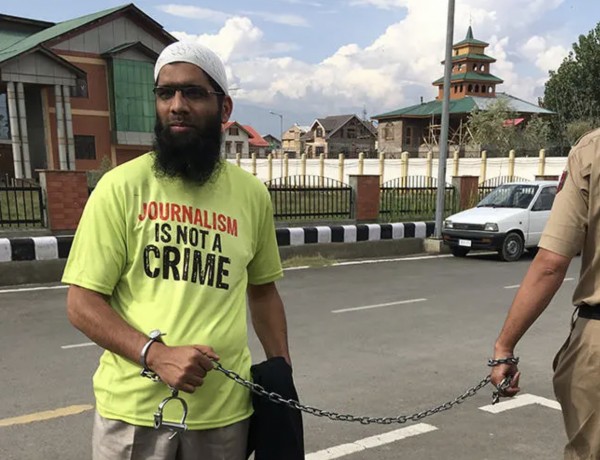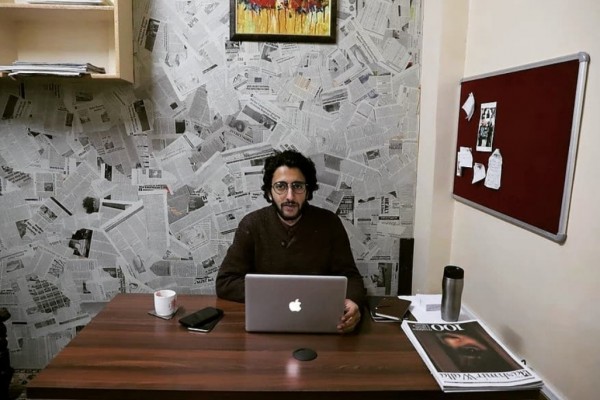The International Press Institute (IPI) today reiterated its concern over a series of deadly assaults on Indian journalists in recent weeks.
On Sept. 6, in two separate incidents of violence, freelance journalist Rajesh Verma, working for the IBN7 television channel, and a photographer identified only as Israr, were killed while covering the clashes between two groups in the Muzaffarnagar district of Uttar Pradesh.
IPI Press Freedom Manager Barbara Trionfi said: “The Indian authorities must carry out an immediate investigation and ensure that the perpetrators are brought to justice. Impunity in killings of journalists raises serious doubts about India’s democratic institutions. We extend our condolences to the families, friends and colleagues of the journalists killed.”
Verma was shot dead near the Kotwali police station. In the separate case of violence, Israr was beaten to death in the Thana Sikhana area in northern India. Both of these killings occurred as a consequence of attempts to cover the riots in the Muzaffarnagar region.
The killing of the journalists stems from a period of political unrest in Muzaffarnagar. The turmoil can be felt through the sporadic clashes between Hindus and Muslims in the Muzaffarnagar and Shamli districts in the north of the country. These clashes began after insults were exchanged between different groups which led to the killing of a young Muslim by two youths of the Hindu Jat Community. News of the deaths spread quickly, and consequently, members of both communities attacked each other.
The police say the trigger for the violence was the circulation of a misleading video clip on the Internet that portrays the murder of the three people. Even with the implementation of a curfew and deployment of 100,000 security forces, clashes persisted with the death toll rising to 48 by Sept. 11.
Akhilesh Yadav, the chief minister of Uttar Pradesh, said in a statement: “All senior officers are working to bring the situation under control in Muzaffarnagar. We have given order to take strict action if required. Curfew has also been imposed in certain places. I appeal to the people to maintain peace and do not believe in rumours. Action will be taken against those who try to disturb the peace and order,” Yadav said.
Last week’s killing of journalists in the Muzaffarnagar region follows a spate of attacks on media personnel.
On Aug. 31, The Hindu reported that supporters of spiritual guru Asaram Bapu, who in custody over alleged rape charges, beat up the news crew of the English-language IBN7 who were reporting outside the Guru’s Asharam in Jodhpur, Rajasthan. Reporter Bhawani Deora was wounded.
On Aug. 25, Times of India reported that the body of a missing journalist named identified as Zakaullah was found in a gunny bag on a road in Bulandshahr, Uttar Pradesh. The journalist had been missing for months and the reportedly showed signs of multiple injuries.
On Aug. 23, Rajesh Sharma, a journalist for the Dainik Aaj newspaper was gunned down in Etawah, northern state of Uttar Pradesh. Sharma was killed by unidentified assailants on a motor cycle. He reportedly left his home after receiving a phone call from an anonymous number.
The Hindi News Channel Aaj Tak reported that local journalists allege that Sharma’s death was motivated by his reporting of illegal gambling operations in India. The attack is under investigation.
Amidst the series of assaults on journalists, the one attack which drew international attention was the gang rape of a 22-year-old photojournalist in Mumbai on Aug. 23. The five alleged assailants, including a minor, are in custody.


